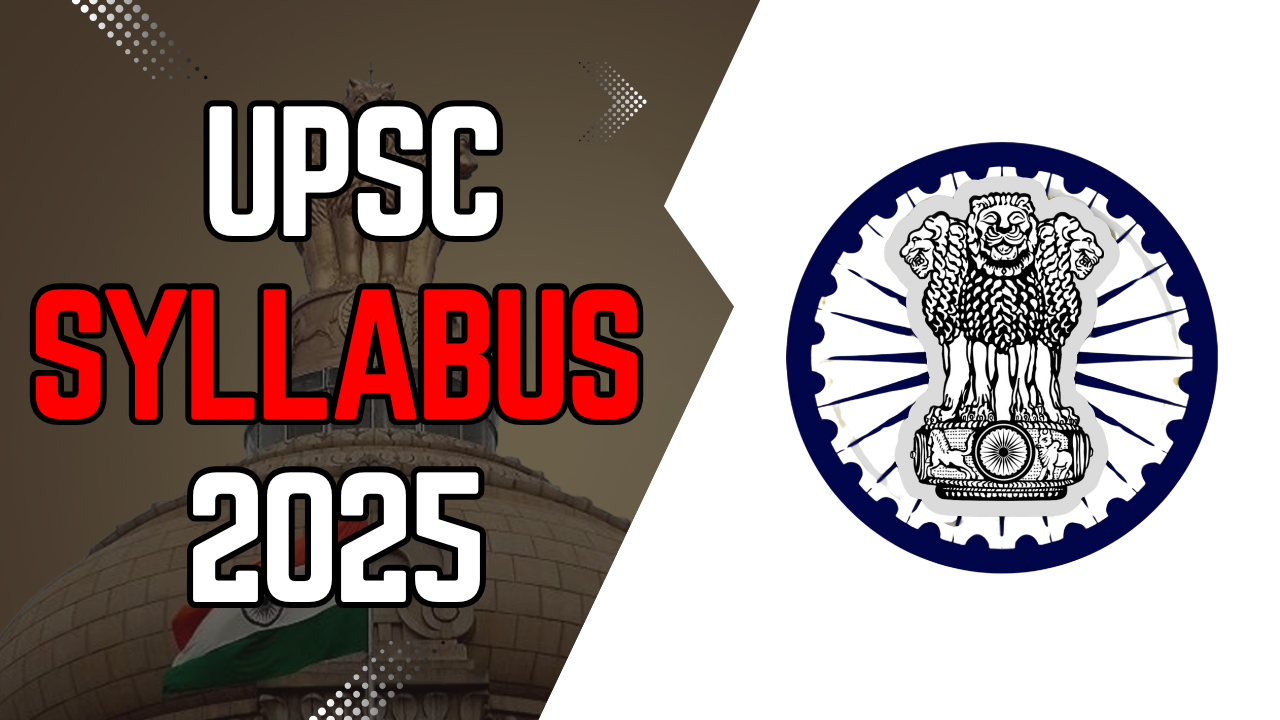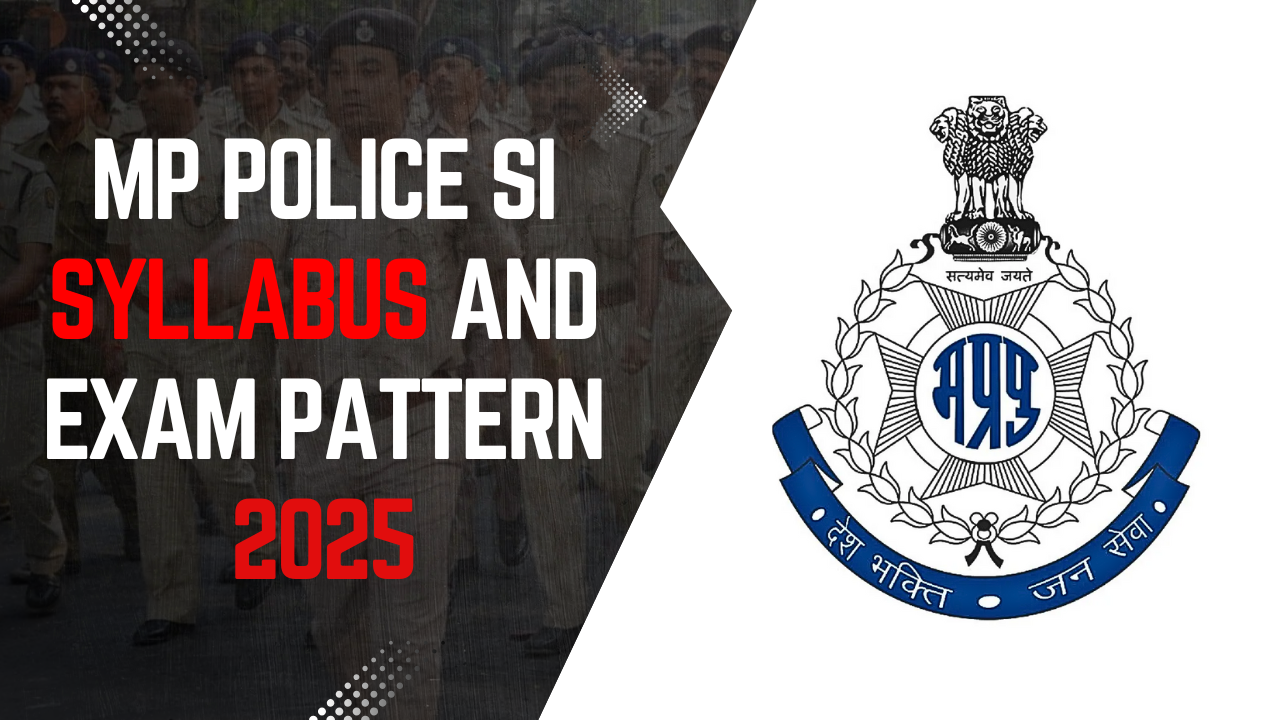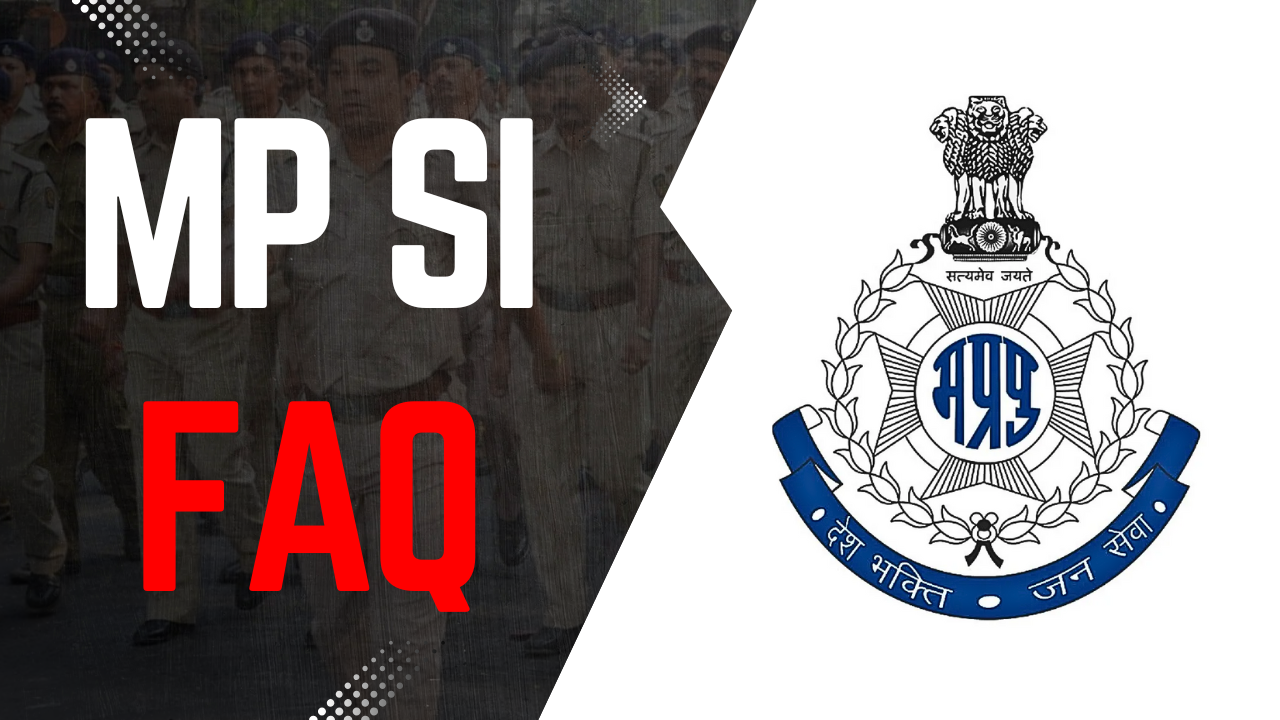Why are Buddhist monks protesting at Bodh Gaya? Understand the Bodh Gaya Temple Act, its controversy, and exam-relevant facts for UPSC & SSC aspirants.
Introduction: What’s Happening at Bodh Gaya?
The sacred Mahabodhi Temple in Bodh Gaya, Bihar, one of Buddhism's holiest sites, is at the center of a growing religio-political controversy. Since February 2024, around 100 Buddhist monks affiliated with the All India Buddhist Forum (AIBF) have been protesting, demanding the repeal of the Bodh Gaya Temple Act (BTA), 1949.
This issue isn't new and ties deeply into themes like religious autonomy, heritage protection, and constitutional rights—making it essential for students following the Atharva Examwise blog, especially those preparing for UPSC, SSC, and banking exams.
Why Are Monks Protesting at Bodh Gaya?
Buddhist monks allege that the BTA, 1949, discriminates against Buddhists by giving effective control to the Hindu majority.
The Act mandates a management committee with equal representation of Buddhists and Hindus, but the District Magistrate (a Hindu by default) is the ex-officio chairperson, tipping the power balance.
The monks demand complete Buddhist control over the Mahabodhi Mahavihara, which they believe is central to their faith and identity.
Timeline of the Recent Protests
Nov 2023: Monks held rallies in Gaya and submitted memorandums to State & Central governments.
Feb 2024: Fresh protests erupted near the Mahabodhi Temple, later shifted nearby.
Past efforts: In 2012, a writ petition was filed in the Supreme Court—still pending.
What Is the Bodh Gaya Temple Act, 1949?
Key Provisions of the Act
Introduced in the post-Independence era to regulate the temple's management.
8-member committee with:
4 Hindus
4 Buddhists
District Magistrate as Chairperson (ex-officio)
The DM's chairmanship leads to Hindu majority in decision-making, as claimed by protesting monks.
Why Is It Controversial?
Bodh Gaya is regarded as the site of Lord Buddha’s enlightenment, not associated with Hindu worship.
Buddhist groups argue that no Hindu institution should control a Buddhist shrine.
The demand is for a revised act or repeal that gives full autonomy to Buddhists, in line with similar religious laws for other faiths.
Historical Significance of Bodh Gaya
Understanding Bodh Gaya’s past is crucial for UPSC and SSC aspirants.
Key Historical Facts:
3rd Century BCE: Emperor Ashoka builds the Mahabodhi temple and venerates the Bodhi Tree.
7th Century AD: Hiuen Tsang, Chinese traveler, visits and documents it as a Buddhist site.
The temple was seen as the “Mecca of Buddhism”, especially after being popularized in the West by poet Edwin Arnold’s The Light of Asia.
Continuous Buddhist use from the Mauryan to the Pala period, with no historical Hindu shrine documented until much later.
Past Demands and Legal Status
Repeated demands for repeal by Buddhist groups over the years.
2012 writ petition in the Supreme Court challenging the Act remains unheard.
Monks and scholars highlight a lack of equity in religious governance, contrary to Article 26 of the Indian Constitution (freedom to manage religious affairs).
What Should Aspirants Focus On?
For UPSC:
Constitution Articles: 25-28 (Religious Freedom), Article 26 (Religious Institution Autonomy)
GS Paper II: State vs Religion, Heritage Management
GS Paper I: Indian culture & religious architecture
For SSC & Banking Exams:
Static GK: Bodh Gaya location, UNESCO status, Emperor Ashoka’s contributions
Current Affairs: Recent protests, BTA Act provisions, Supreme Court petitions
Summary of Key Points
✅ Protest Reason: Buddhist monks demand full control over Mahabodhi temple, citing religious and historical rights.
✅ Act in Question: The Bodh Gaya Temple Act, 1949, gives shared control but practical dominance to Hindus.
✅ Historical Relevance: Bodh Gaya is the site of Buddha’s enlightenment, with no early Hindu connections.
✅ Legal Angle: Questions on religious autonomy and constitutional equality are central to the issue.
✅ Exam Relevance: Appears in GS papers, Ethics, Essay, and static GK sections.
📝 Why This Matters for Aspirants
Bodh Gaya isn’t just a spiritual site—it’s a case study in religious rights, heritage law, and cultural identity.
This topic merges history, polity, and current affairs, making it highly relevant for UPSC Mains, Essay paper, and Interview discussions.
For SSC and Banking aspirants, it’s a hot topic for GK, current affairs, and one-liner MCQs.
🔍 For more such insights and updates, visit the Atharva Examwise blog.
🎯 Prepare Smart. Stay Ahead. Learn with Atharva Examwise.






